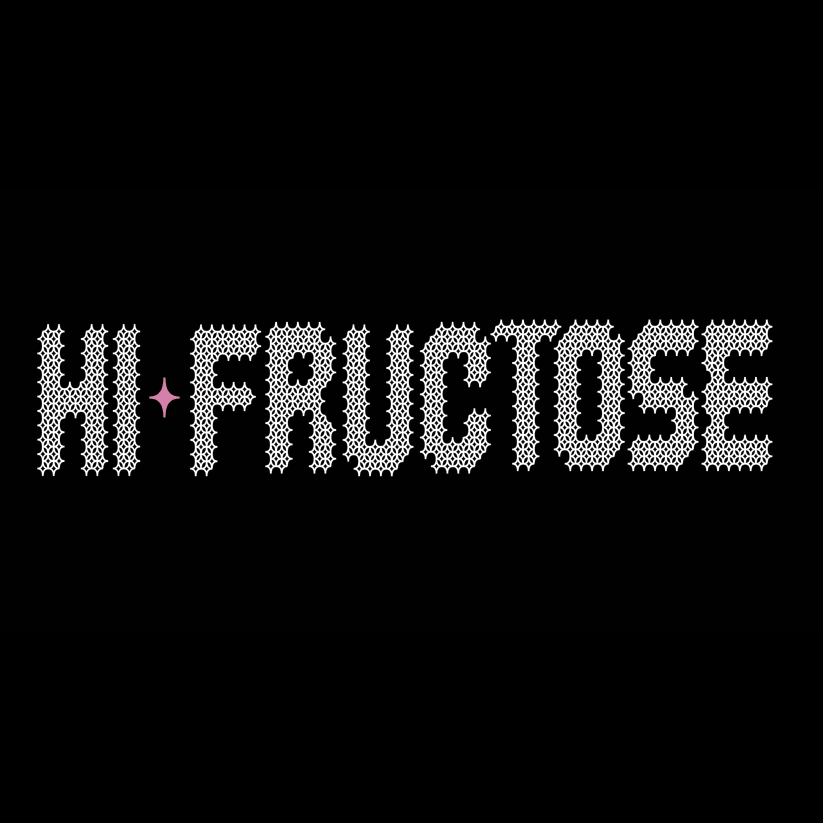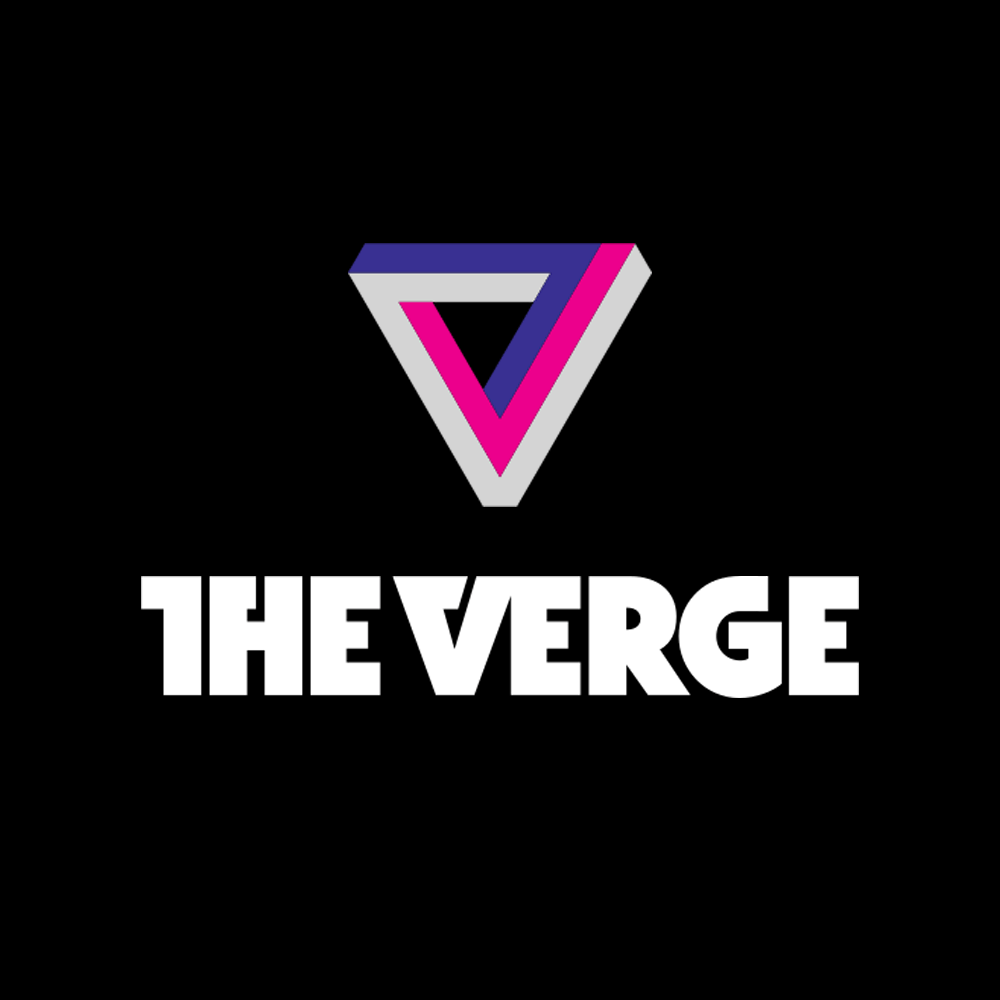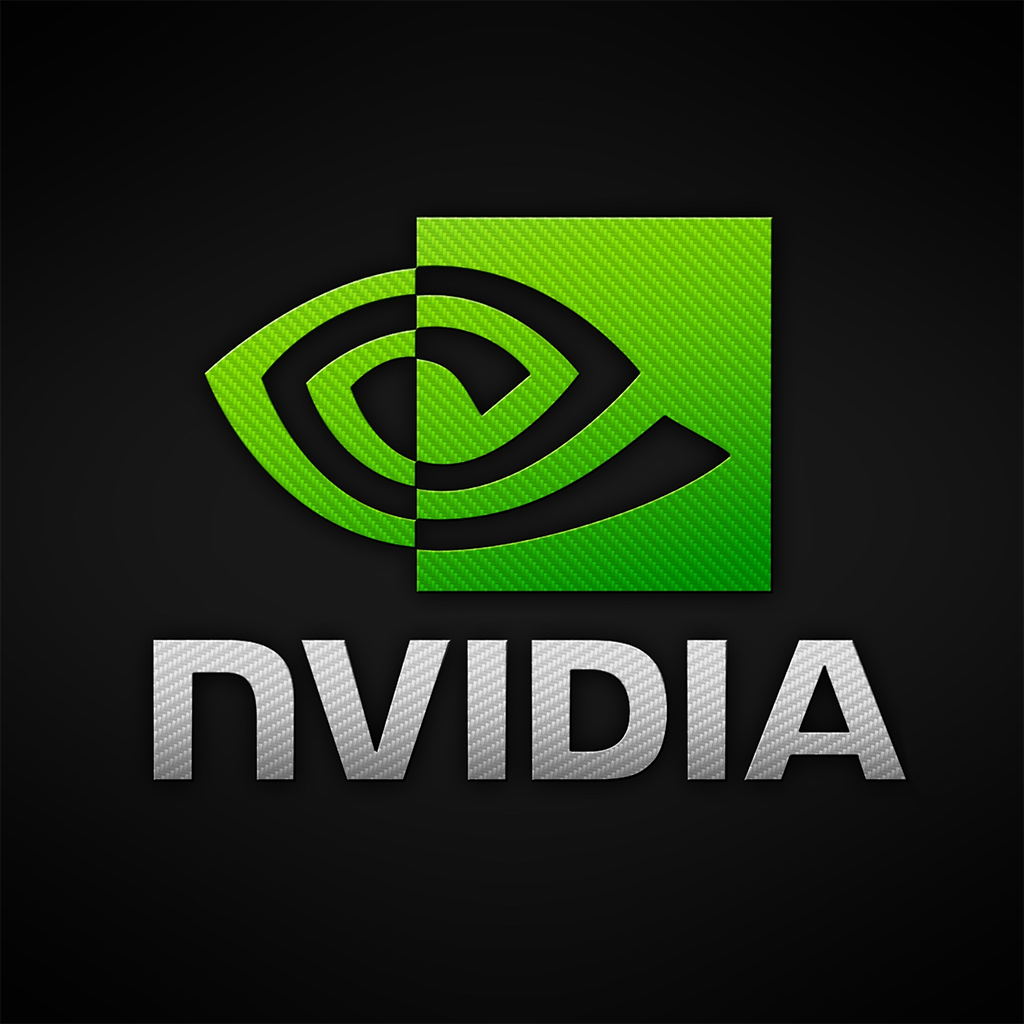Artist Chris Peters created his own AI Muse - now they work together to create real physical oil paintings that pose new questions about human-machine symbiosis and the true nature of reality.
Christie's Art+Tech Summit: The A.I. Revolution by Christie's New York
The Christie's Art+Tech Summit explores the ways in which artificial intelligence is making its impact in the art world, as well as its potential implications for the future. Industry leaders and innovators from Google, M.I.T. Technology Review and the New Museum, among others, will participate in a programme of lectures, talks and panel discussions. The accompanying exhibition will also include the New York premiere of award-winning artist and filmmaker Martha Fiennes’s Yugen, an A.I. driven moving image artwork featuring the actor Salma Hayek Pinault, made possible with generous support by Gucci. The Summit, held in conjunction with Christie's Education, is presented by Hyundai and supported by Gucci and Google Arts & Culture. Opening Remarks: Anne Bracegirdle, Associate Vice President, Art+Tech #ArtandTechSummit
Introduction
TensorDream began as a deep learning neural network whose code was modified by artist Chris Peters to assimilate the vast complexity of landscape imagery. Over a three day period, the neural network studied the composition and palette of thousands of landscape paintings before finally achieving an understanding of their gestalt. Now, in seconds, the A.I. can synthesize and propose new compositions.
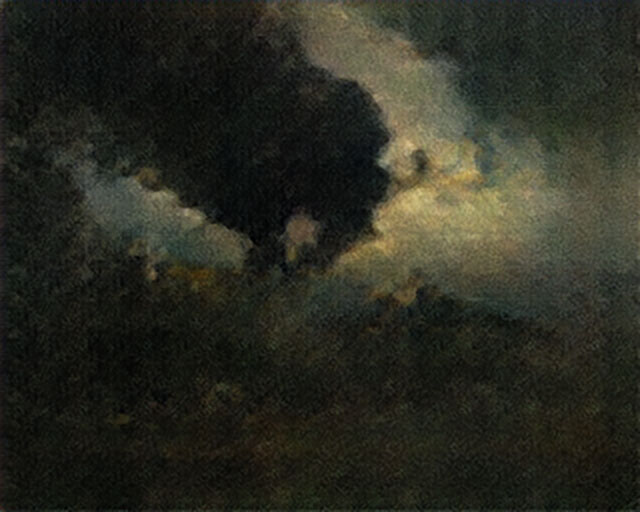
These landscapes have an odd, alien quality but are still remarkable given that the software began tabula rasa, an algorithm filled with nothing but the ability to self-learn. The entirety of its knowledge came from the set of digital images presented to it – a collection of paintings curated by Peters, emphasizing the masters of American Tonalism and their dreamy images of primal ground and sky.
Simulacrum
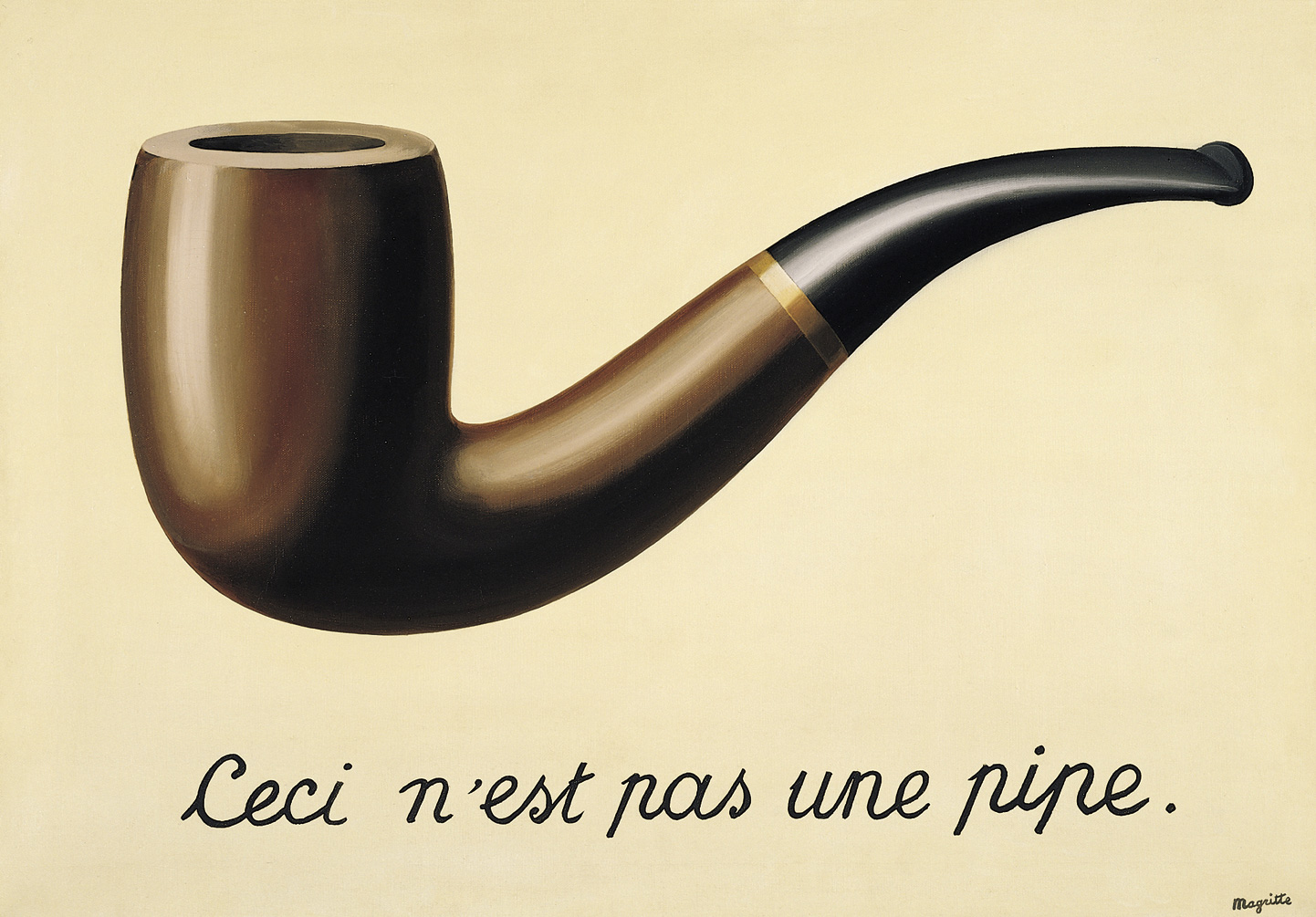
The A.I. Muse produces digital images, but a digital image is not a painting and a computer printout of the same image is still not a painting, no matter how faithfully rendered. The artist is needed to translate the idea into a language that human beings recognize as theirs. It seems essential that what began as a painting must end as a painting.
When an artist stands in front of a canvas, brush in hand, they are trying to understand the world by making an image of it. A photograph can record that work, which can inspire another painting. A photograph of a painting can even inspire a computer, as it has in the TensorDream project, but only a new physical painting can complete the cycle. From reality, through a series of simulacra and back to reality. And so the exchange between Artist and (AI) Muse continues.
Symbiosis
The final task for the artist was to paint, but it was no easy task. Even for an artist with Peters’ rigorous training, fleshing out the machine’s idea was fraught with difficulty. Where to start? How to establish a point of view? How to render an alien world filled with familiar features? Eventually, Peters began to understand some of the neural network’s logic, and still later to accept and embrace it. Only at this point could Peters bring to the A.I. what it was missing - the knowledge of the real world, the world of sky and trees and water.
In a wholly innovative collaboration between man and machine, new paintings have been manifested that promise us a glimpse into a world at once familiar and fantastic – our world, in fact, as seen by a new intelligence of our own design. By painting this alien view, Chris Peters is beginning to understand the mind of the AI Muse. By looking at these works, we can too.
Paintings
The images on the left are new, original compositions by the AI. The images on the right are actual oil paintings by artist Chris Peters inspired by the AI Muse.
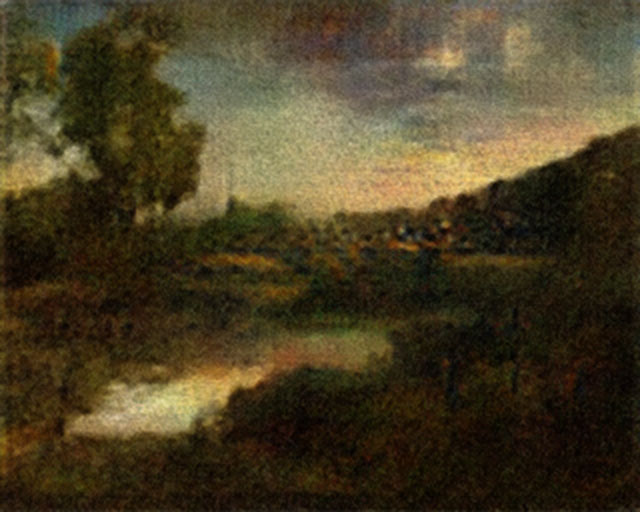
256 x 320 pixels
synthesized digital image
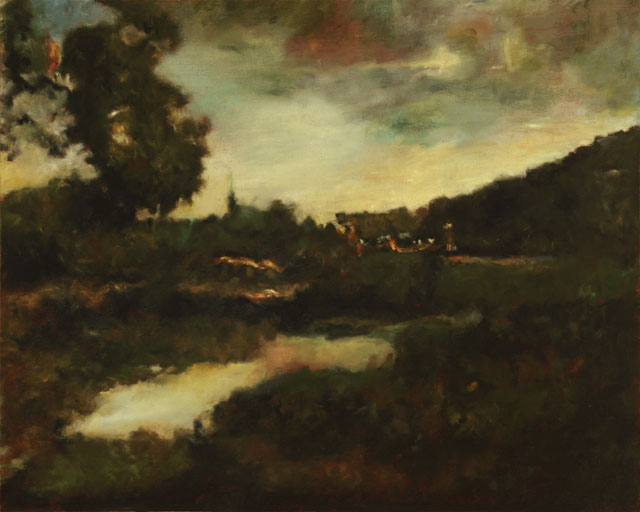
16 x 20 inches
oil on linen over panel
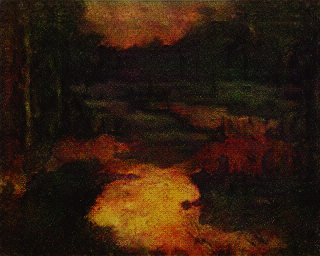
256 x 320 pixels
synthesized digital image
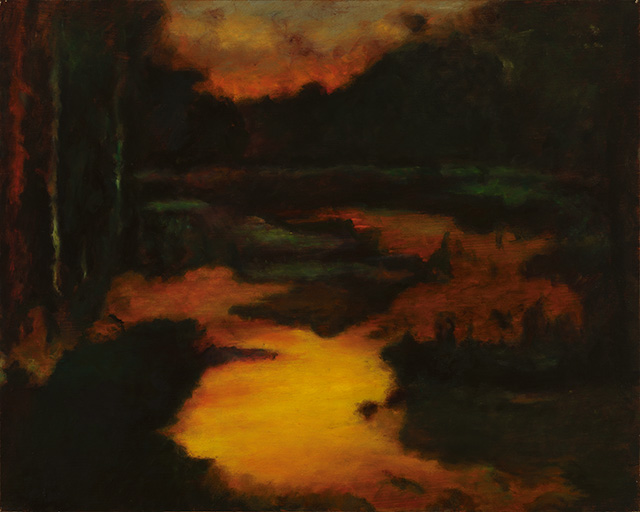
16 x 20 inches
oil on linen over panel

256 x 320 pixels
synthesized digital image
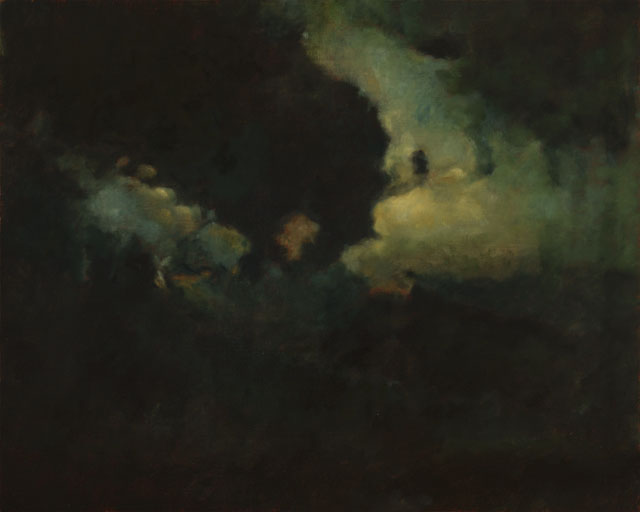
16 x 20 inches
oil on linen over panel
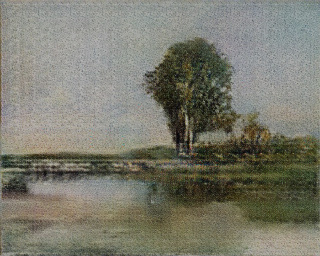
256 x 320 pixels
synthesized digital image
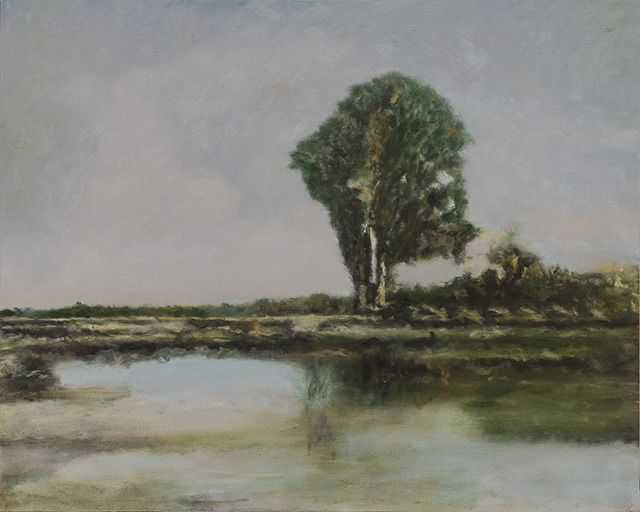
16 x 20 inches
oil on linen over panel
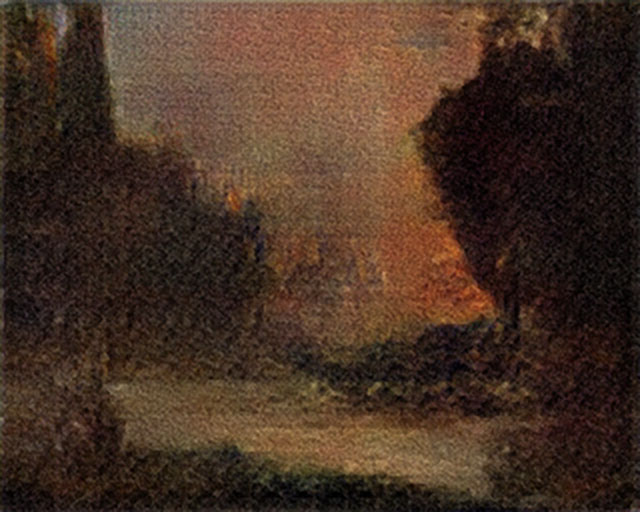
256 x 320 pixels
synthesized digital image
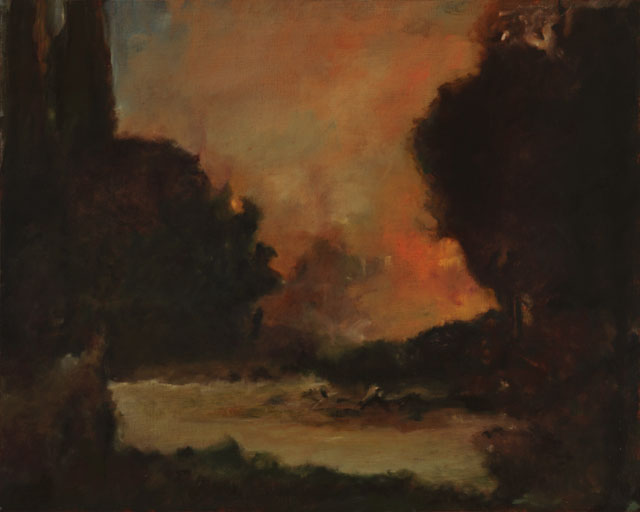
16 x 20 inches
oil on linen over panel
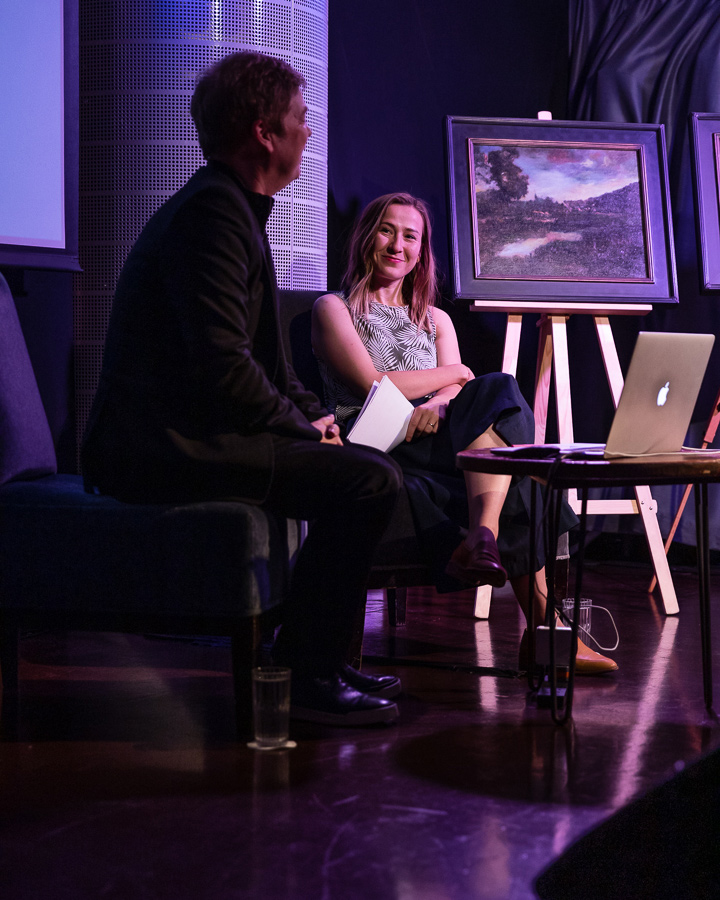
Chris Peters’ formal education began in Seattle where he received bachelor’s and master’s degrees from the University of Washington. Later he trained for three years at the Gage Academy of Art, learning the drawing and painting methods of the 19th-century academic tradition.
His work has been exhibited at the Los Angeles County Museum of Art as part of the private collection of Academy Award winning director Guillermo del Toro and he recently completed a solo show at Sullivan Goss Gallery. He’s had eight previous solo shows at galleries in Santa Monica, Santa Fe, and New York City. His collectors include many members of the music and film industries.
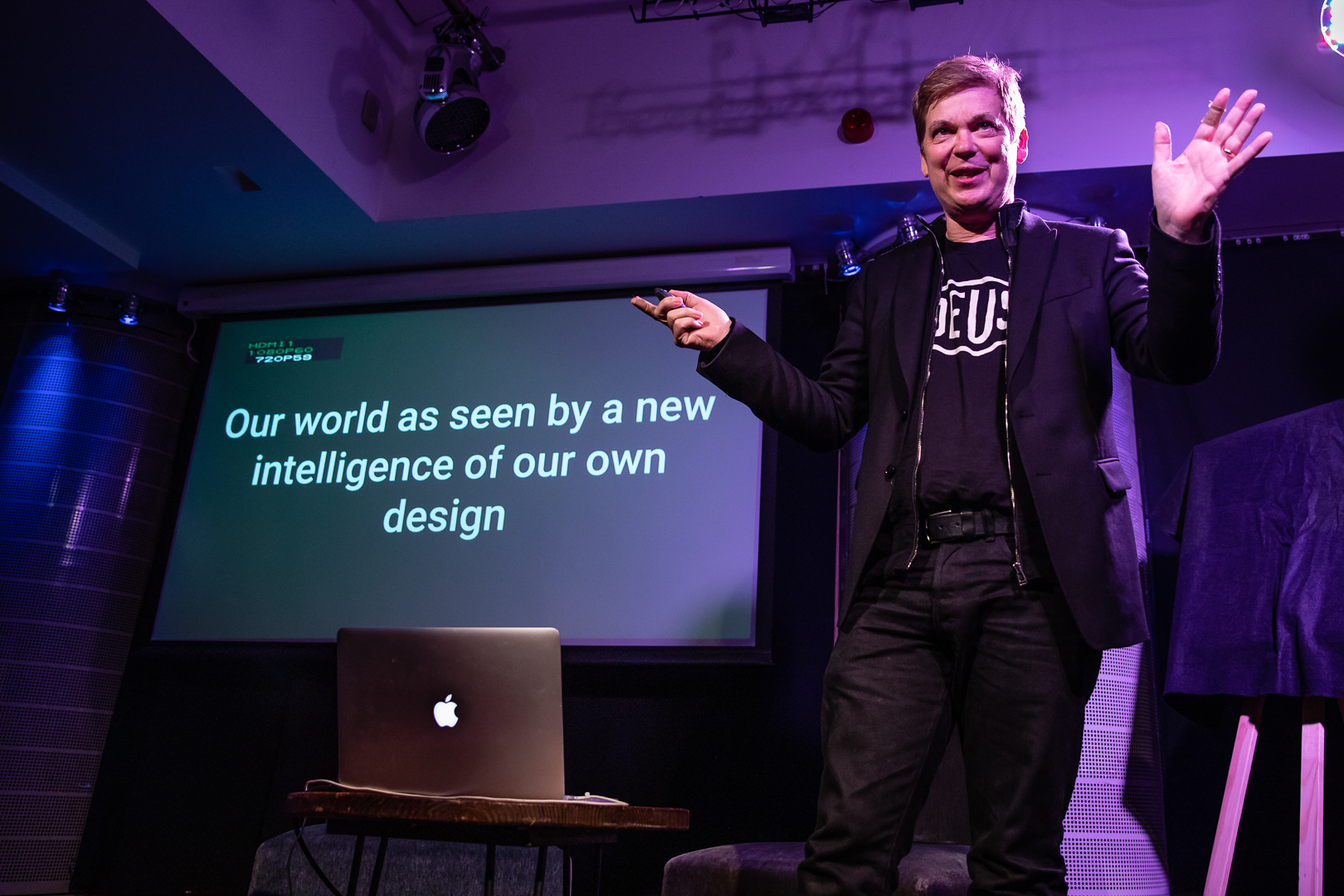
CONTACT
c: +1 310-571-8359
e: tensor@tensordream.ai


